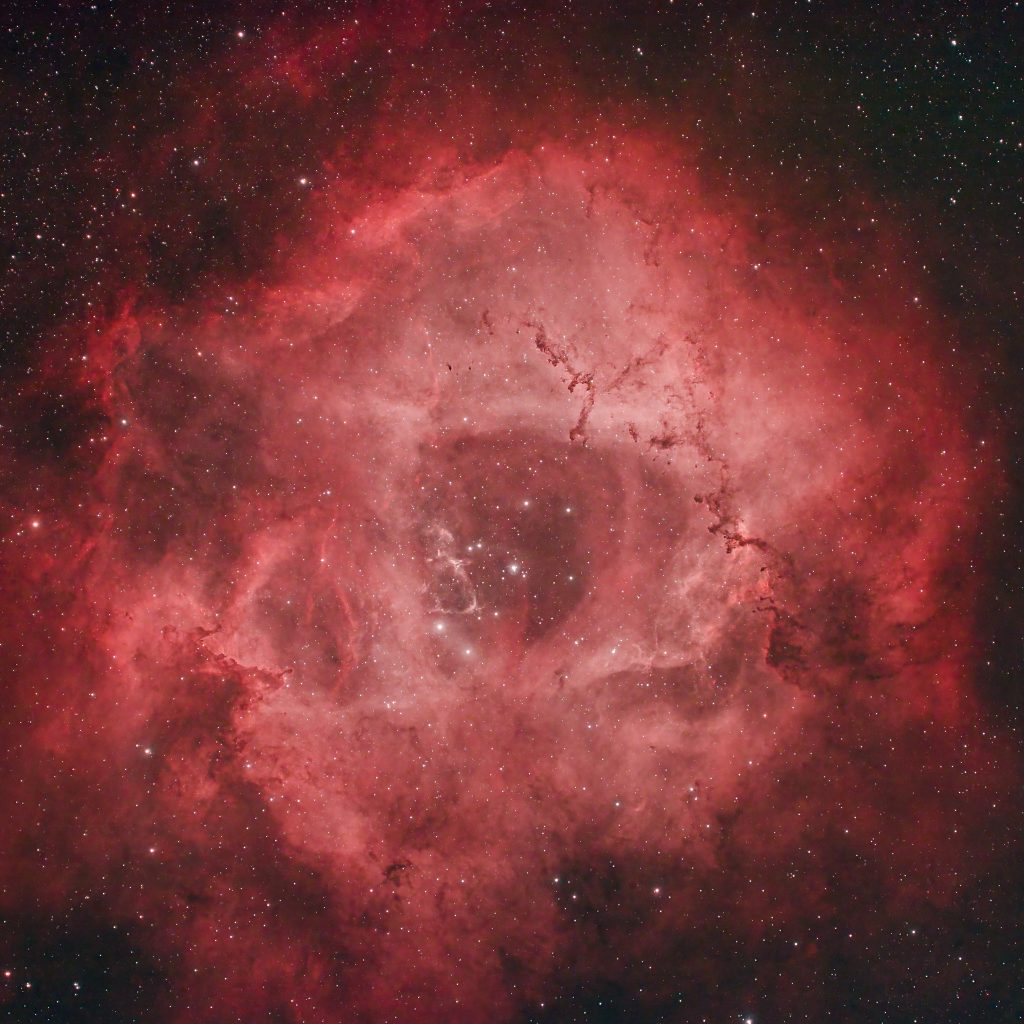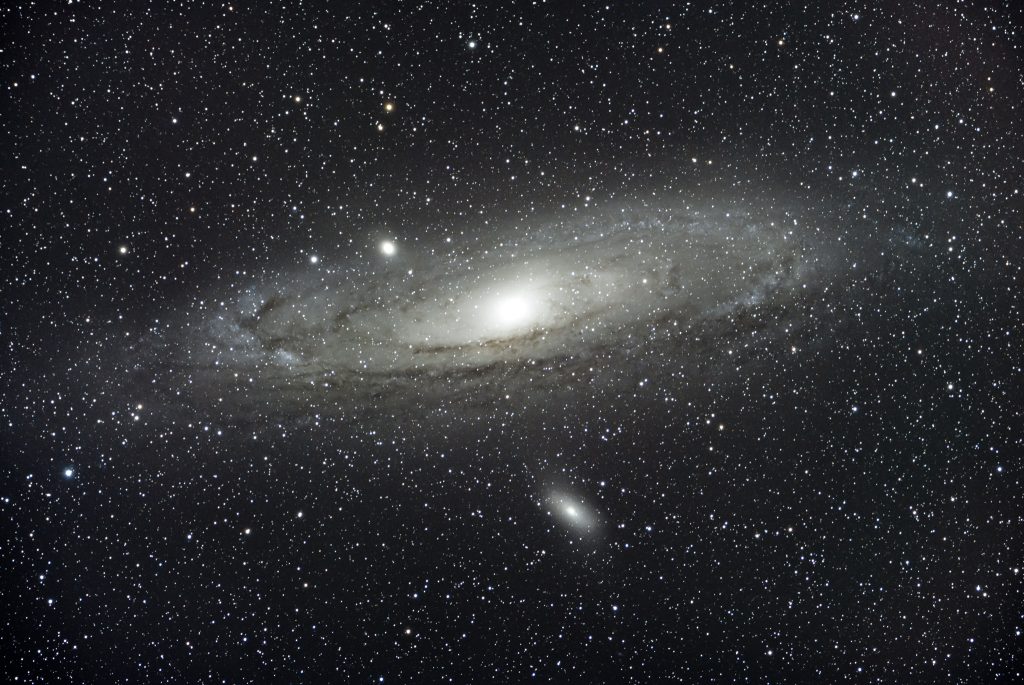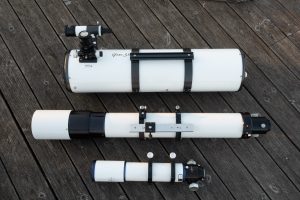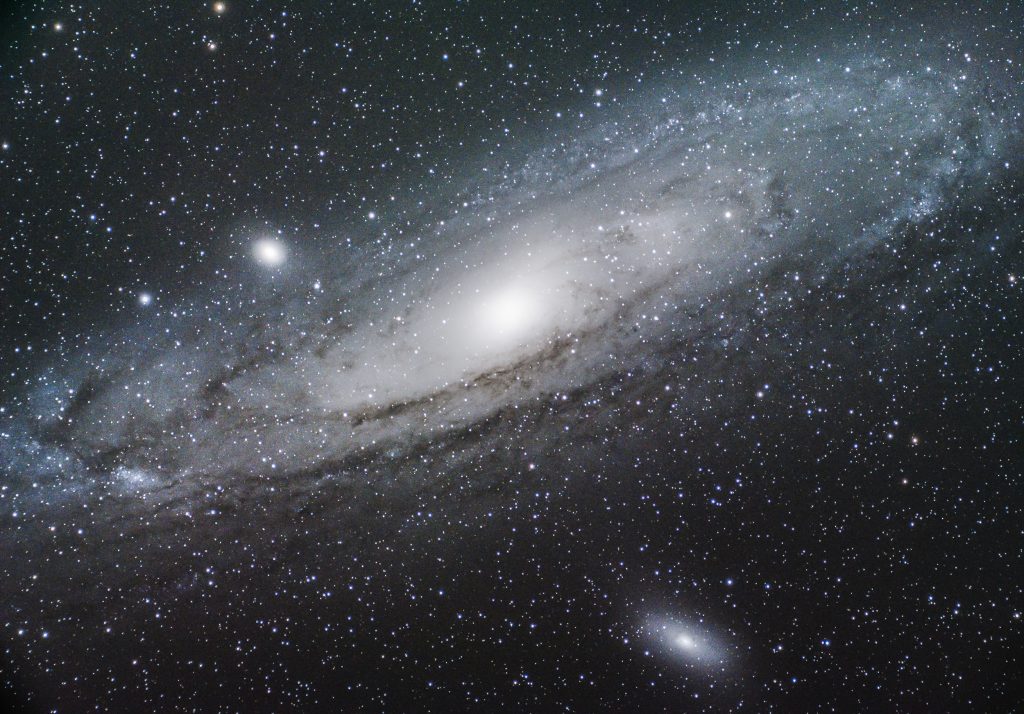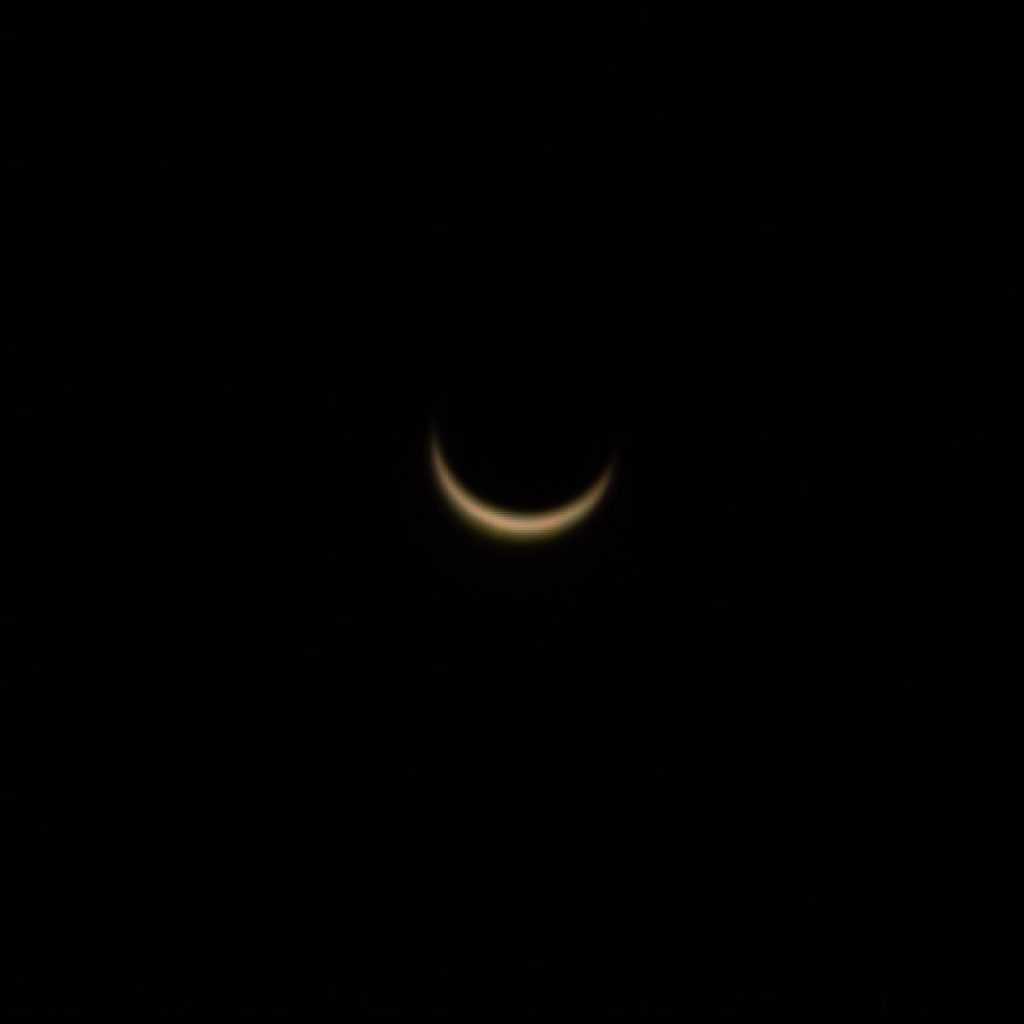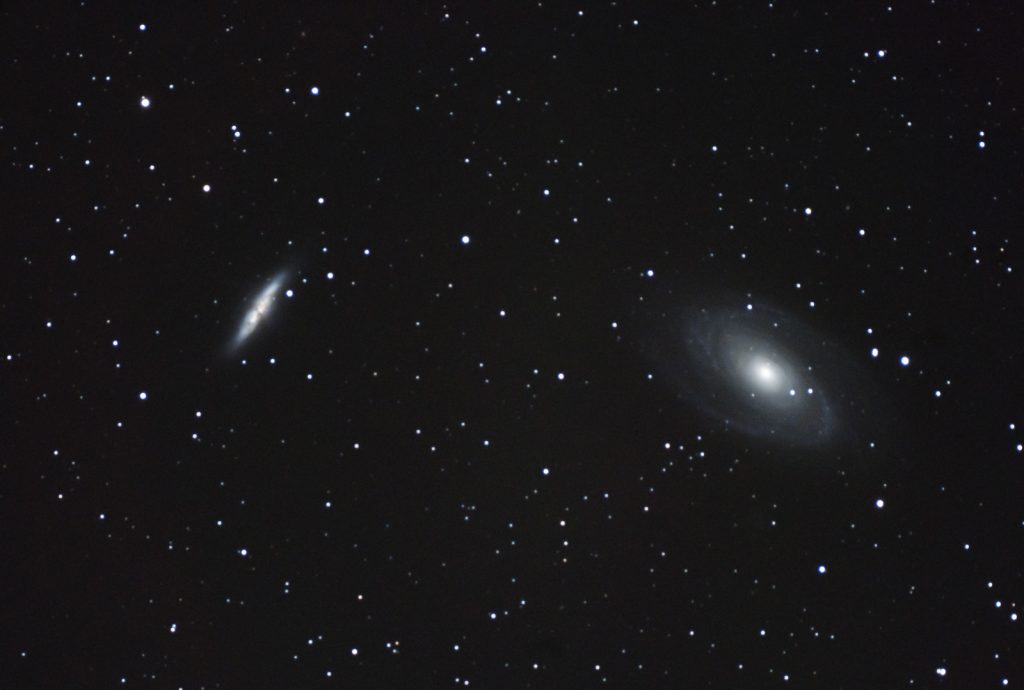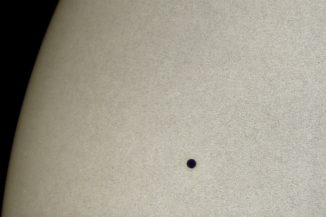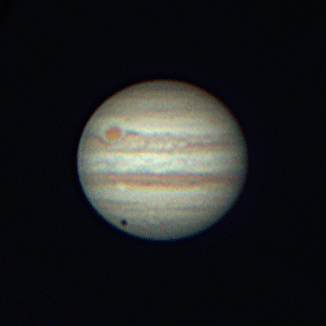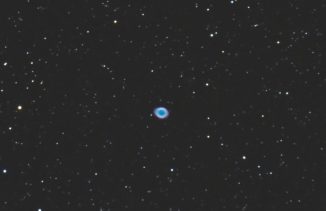The partial solar eclipse on October 25th happened conveniently during lunch break, and the skies were perfectly clear. I opted for the big refractor (Astro-Physics 127mm f/8) combined with a 2x Nikon teleconverter in the hope to capture some detail in the form of sunspots on the solar disc.
I setup the camera to record a set of timelapse images, taking a picture every 20s. After I while I also setup the 60mm refractor to be able to observe the eclipse visually.
Shortly after maximum eclipse I noticed an airplane with contrail heading to the area of the sky where the sun was located. From past experience I thought that it will miss the sun (the apparent diameter of the sund and moon in the sky is only about half a thumb’s width at arm-length), but switched the camera to video and started recording.
Read More